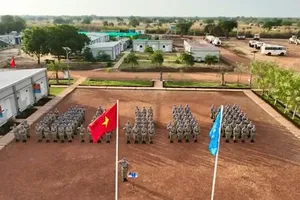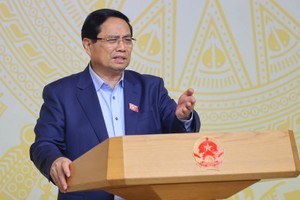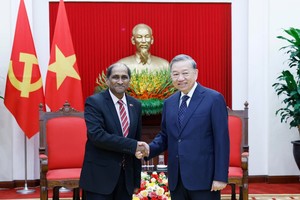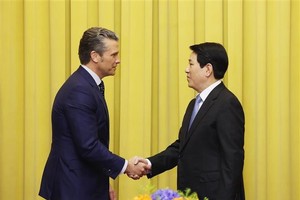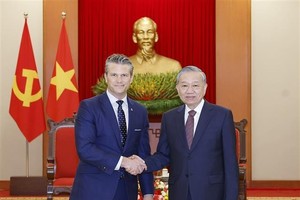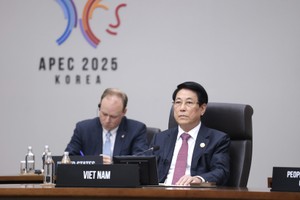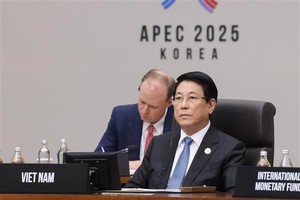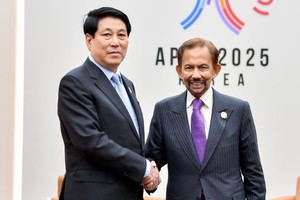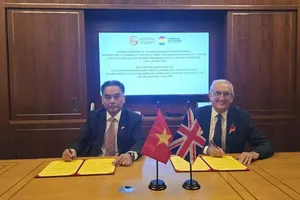Almost 50 sailors were missing after a South Korean warship sank near the tense border with North Korea, the military said Saturday, but officials said there was no sign so far the North was to blame.
President Lee Myung-Bak called an emergency security meeting and ordered a swift and thorough probe into what appeared to be one of the country's worst military tragedies for decades.
"Fifty-eight sailors have been rescued and 46 others are missing," a spokesman for the Joint Chief of Staff (JCS) told AFP, adding that a navy team was preparing to dive to investigate the cause of the sinking in the Yellow Sea.
The 1,200-tonne corvette sank Friday evening near Baengnyeong island after a still unexplained explosion. The craft turned turtle, with its hull protruding from the shallow but near-freezing waters.
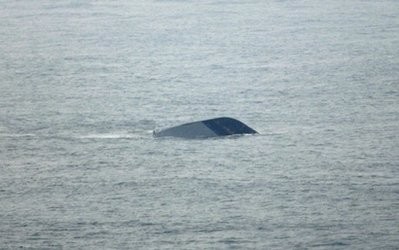
Reports said the 88-metre (290 feet) craft would have ben carrying torpedos and other weaponry.
The military said 13 of the 58 known survivors were injured but are in stable condition. Navy ships and surveillance planes were searching for more survivors.
"Rescue operations are still under way," another JCS official said earlier Saturday. "There is no clue yet on any North Korean involvement."
Lee, who summoned an emergency security meeting immediately after the tragedy, called another session Saturday.
He ordered a "thorough and swift probe" into the cause of the sinking, "keeping all windows of possibility open," a spokeswoman said.
Yonhap news agency quoted a military source as saying the force of the blast near the propeller had lifted the vessel about a foot (30 centimetres) into the air.
Military officials said they had no information to confirm the report.
Some US navy ships were in the area, standing by to help if necessary. The US stations 28,500 troops in South Korea.
The South's military said there were no abnormal military movements at the time on the North Korean side of the disputed maritime border, the scene of deadly naval clashes in 1999 and 2002.
In Washington, the State Department said it had no evidence of North Korean involvement.
Last November the navies of the two nations exchanged fire in the area and a North Korean patrol boat retreated in flames with unknown casualties.
The two Koreas have remained technically at war since their 1950-53 conflict ended only in an armistice.
The North refuses to accept the maritime border known as the Northern Limit Line, which was drawn up by United Nations forces after the 1950-53 Korean war. It says the line should run further to the south.
In January the North fired 370 artillery shells into the sea near the border, raising tensions between the two sides.
In an indication of sensitivities around the peninsula, Taiwan to the south activated its national security mechanism and President Ma Ying-jeou ordered close monitoring of the situation after Friday's sinking.



